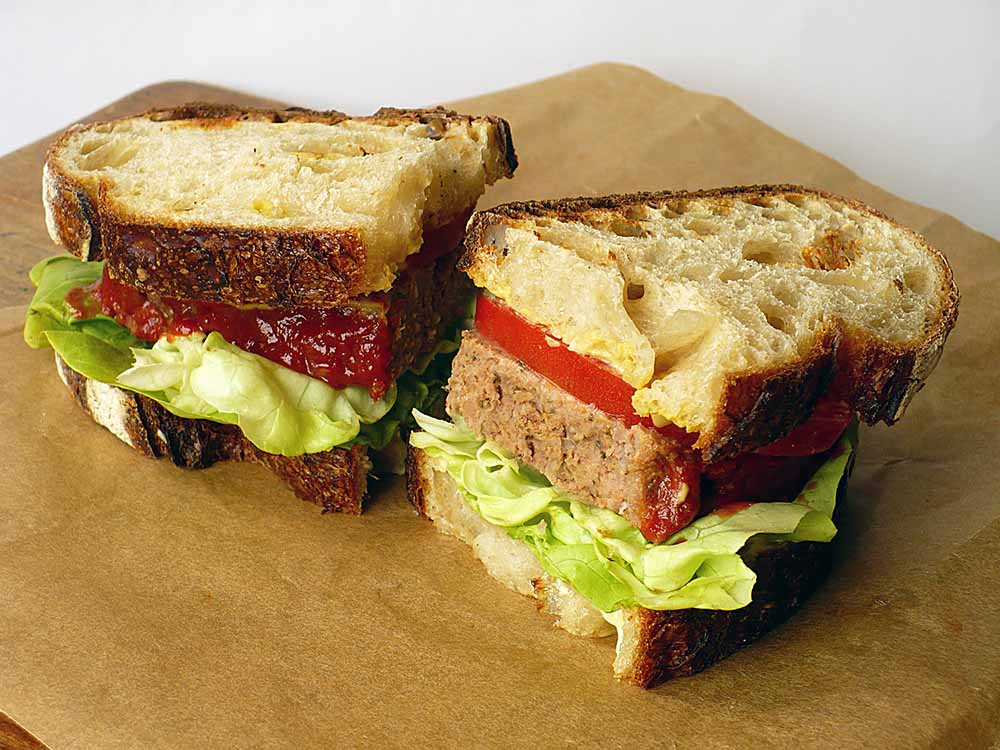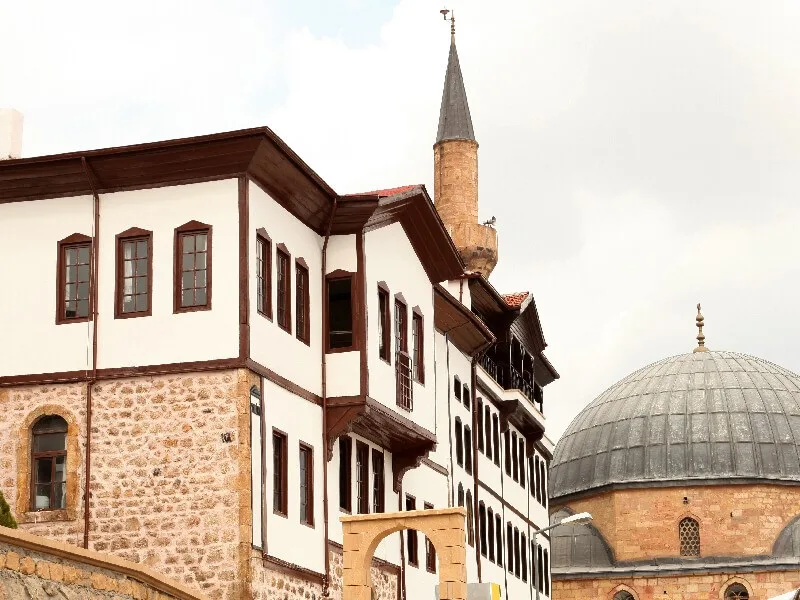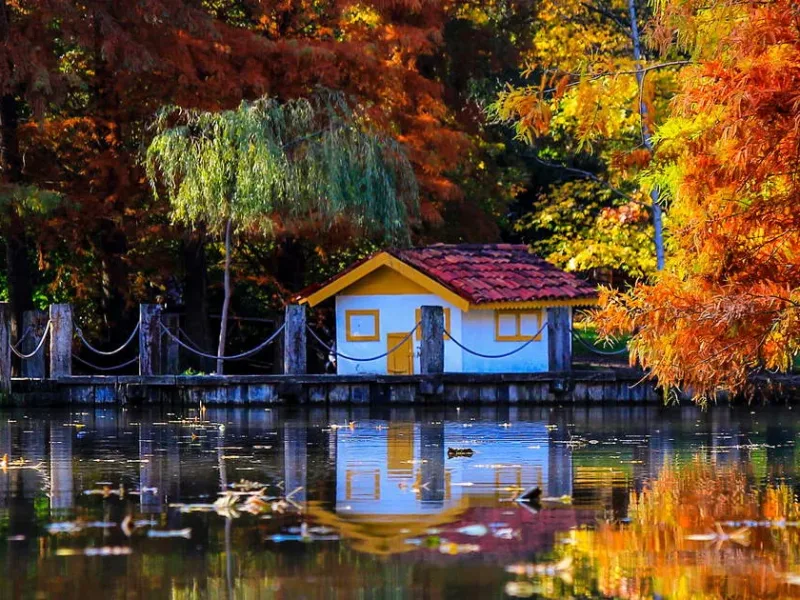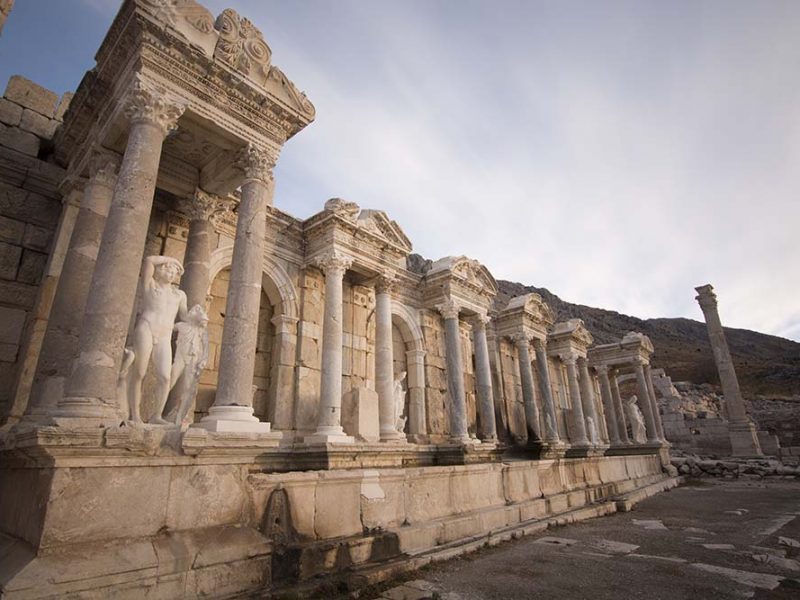Şırnak, which is located in the Southeastern Anatolia Region, emerged as a city after being a town of Siirt, in 1990. It is home to Mount Cudi, which is believed to have hosted Noah’s Ark. The city has a history from 5000 BC. Since the Neolithic Period, the Assyrians, Urartians, Seljuks, and Ottomans inhabited the city. The city is surrounded by Hakkâri in the east; Siirt, Batman, Mardin in the north of the city, and Syria and Iraq in the south.
Climate and Local Cuisine
There is a continental climate throughout the year in Şırnak. In the summer it is too hot, and in the winter it is too cold with heavy snowfall. Local vegetation is not very rich. The city is suitable for visiting during spring.
Şırnak Cuisine has a very rich culture. Arabian and Middle Eastern flavors from neighboring Syria and Iraq were blended with the flavors of the Anatolian geography. Şırnak has many local delicacies that you should taste, including kutlık, serbıdev, perde pilaf, şimsipe, mahmilatık, birinzer, and fireydin. The suryaz herb is also popular in homemade dishes.

Traditional Hehekesandi
Places to Visit
- Noah’s Tomb: Noah is renowned in the history of mankind, having made a ship for the great flood. Today, the arch lives in Mount Cudi in Şırnak, according to belief. For this reason, the Prophet Noah is believed to have lived in Şırnak, and the tomb attracts intense interest.
- Great Mosque of Cizre: Once a church, this remarkable building was transformed into a mosque during Hz. Omer period.
- Finik Ruins: dating back 4000 BC, these ruins consist of a caravanserai carved into the caves.
- Red Madrasah: The building, which was constructed during the 15th century in the period of Cizre Principality, shows a wonderful architectural feature, especially with red bricks in the courtyard.
- Abdaliye Madrasah: The madrasa was mentioned in the classic “Mem and Zin” and was built in the 15th century. It has the characteristics of Arab architecture.

Viiew from Şırnak
Festivals
As in the whole of Eastern and Southeastern Anatolia, Newroz is celebrated with enthusiasm on March 21. In the Beytüşşebap district, the Lamb Clipping Feast is a very interesting event that is held every July.
How to Get There
If you intend to go to Şırnak by road, you can get access via Van or Batman. Şırnak Şerafettin Elçi Airport offers you easy access to domestic flights.



